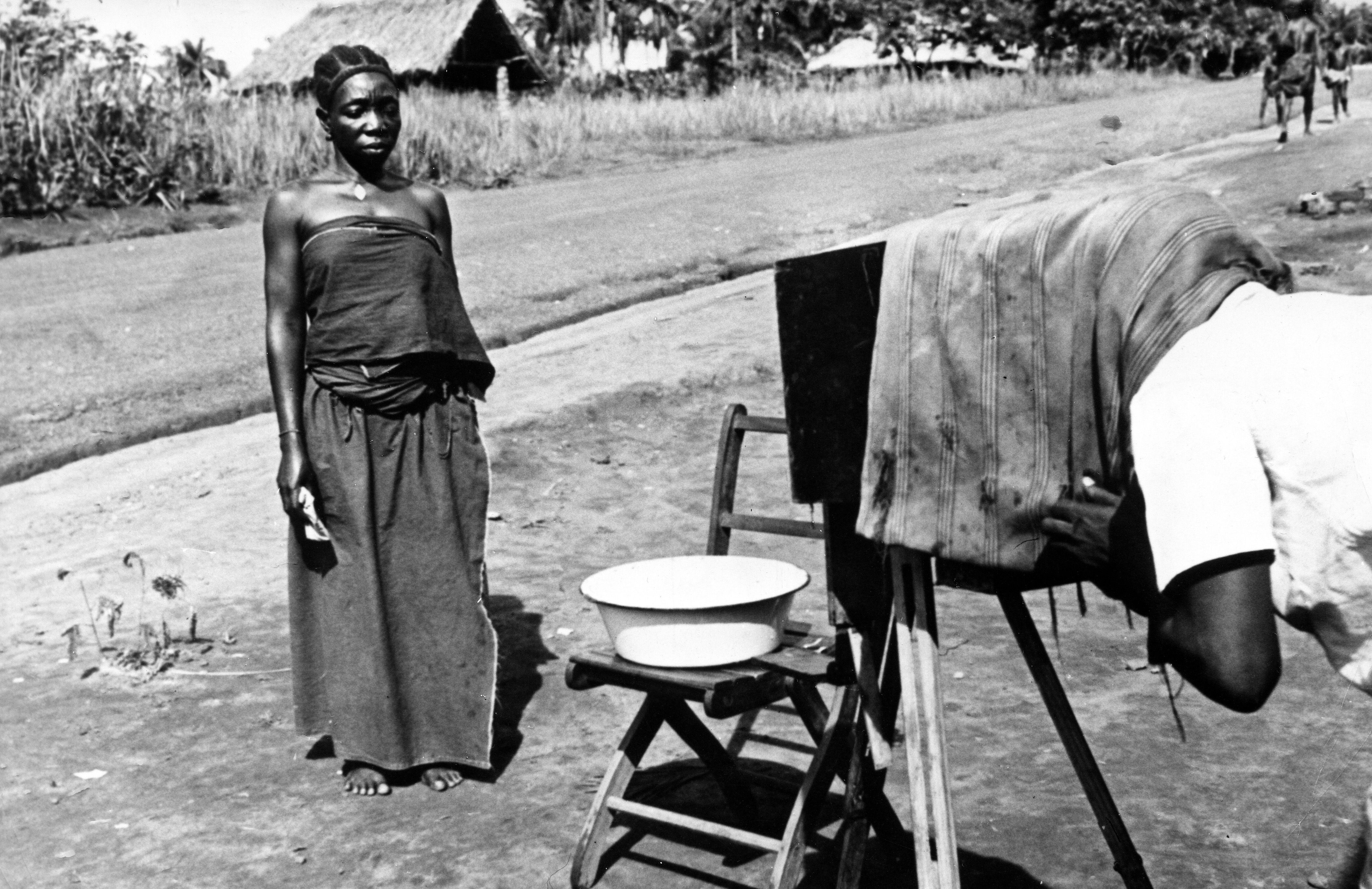Flemish archive institute to digitise 170,000 historical photographic plates

The Flemish archive institute meemoo has started digitising 170,000 glass plates from numerous Flemish museums, heritage libraries and archives. The digitisation must ensure that the images on the fragile plates are not lost. The digital versions will be available for consultation both on the meemoo website and on the platforms of the various heritage institutions.
According to meemoo, digitising glass plates on this scale is unique in Europe and a very important operation. "The glass plate is one of the oldest materials to display photographs on, originating in the 19th century," meemoo says. "The images on these fragile glass plates therefore have great historical value. They give us a view of everyday life in the 19th and 20th century. By treating them with great care and by digitising them in the right way, we make them accessible to everyone, now and in the future."
With some 46,000 glass plates, the University of Ghent has the largest collection of the participating archives. The City Archives of Mechelen and the FOMU (Photography Museum in Antwerp) have respectively more than 21,500 and 11,000 glass plates that will be digitised. The Dutch company GMS will carry out the digitisation, on-site at the heritage institutions, but mainly on its own site.
The glass plates of the Museum aan de Stroom (MAS) were among the first to leave for the Netherlands. They include images of shipyards, historic facades, the Antwerp World Fair, natural landscapes, communicants and parades. MAS also says it is very proud of the digitisation of the fairy tale collection: glass plates that were shown in schools last century to educate children.
Everything must be ready by the end of 2023. The digitisation project is part of the Government of Flanders' recovery plan and receives European support.
(TOM)
#FlandersNewsService
© BELGA PHOTO ARCHIVES